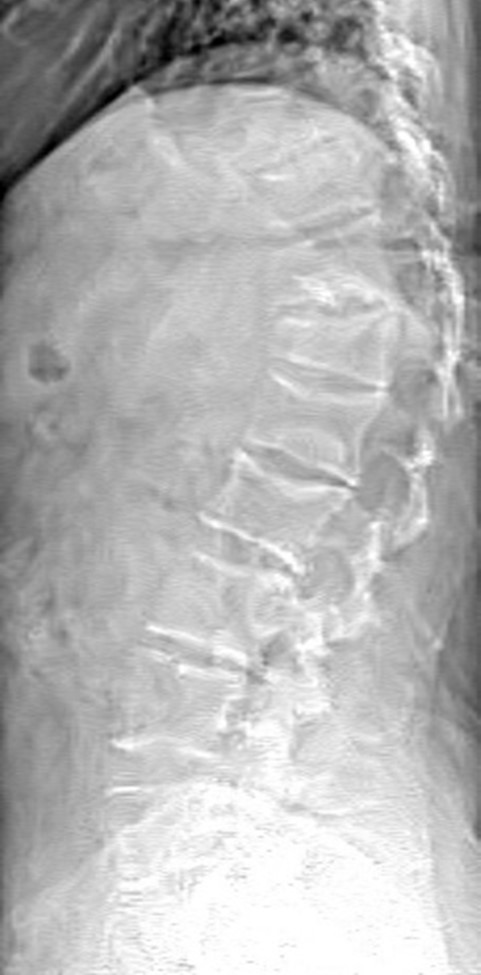What is Early-Onset Osteoporosis?
Osteoporosis, which means “porous bone,” defines a condition of bone fragility that leads to increased risk of fracture. It typically affects people over age 50, and is much less common in young adults. Osteoporosis and fragility fractures that start in childhood or in adults under age 50 is considered Early-Onset Osteoporosis.
What are the Causes and Risk Factors?
What is Idiopathic Osteoporosis?Bone fragility is related to reduced bone density and/or bone quality and can result from problems with bone growth and development, processes that lead to bone loss, or a combination of these issues. Some patients with Early-Onset Osteoporosis have an underlying medical condition or medication exposure that has had a negative impact on their skeleton.
Such conditions and medication exposures include, but are not limited to:
- Childhood or genetic conditions that affect skeletal growth and development. This is sometimes called primary osteoporosis.
- Inflammatory autoimmune conditions (for example, rheumatologic or gastrointestinal conditions)
- Long term treatment with glucocorticoids (steroids)
- Conditions that cause malabsorption of nutrients (for example, celiac disease or pancreatic enzyme insufficiency)
- Conditions that cause calcium loss in the urine. These conditions may also be associated with kidney stones.
- Relative Energy Deficiency in Sports (RED-S), formerly identified as Female Athlete Triad
- Anorexia Nervosa
What is Pregnancy and Lactation Associated Osteoporosis (PLO)?Idiopathic osteoporosis (IOP) is a term used to describe osteoporosis that affects young otherwise healthy men and women with no known medical condition or medication exposure that has led to their bone fragility. We are conducting research studies for premenopausal women with IOP. For more information, see our Research page.
PLO is a very rare early presentation of osteoporosis in which young women sustain a fracture or fractures during or soon after pregnancy or breast-feeding (lactation).
- Temporary decreases in bone density are a normal part of pregnancy and lactation—but fractures during this time are extremely rare.
- Fractures of the spine associated with severe back pain are most commonly described, but PLO can also be associated with hip fractures or other types of fracture.
- In the most common scenario, PLO is discovered after a pregnant or breastfeeding woman develops severe back pain, and imaging reveals multiple vertebral fractures.
- Some women with PLO have a pre-pregnancy diagnosis of osteoporosis, but most women with PLO have not been previously diagnosed with osteoporosis, and never had a bone assessment prior to the onset of symptoms.
The EOC continually builds upon knowledge acquired through research to provide individualized, comprehensive, state-of-the-art clinical evaluation and personalized treatment for patients with PLO. For more information contact, contact our clinical office by visiting our PATIENT CARE page.
More research is needed to increase our understanding of the clinical features and causes of PLO so that better treatments can be developed. The goal of our research program is to define the bone defect that leads to PLO and to better understand the causes, risk factors, predictors of disease severity, and natural history of PLO so that we can develop targeted treatment approaches to improve skeletal recovery and bone quality. For more information see our RESEARCH page.
Helpful Links and Resources
For more information about the EOC, IOP and PLO, see this article on the CUIMC website and this article published in Endocrine Today.
Below are additional resources for more information about osteoporosis


